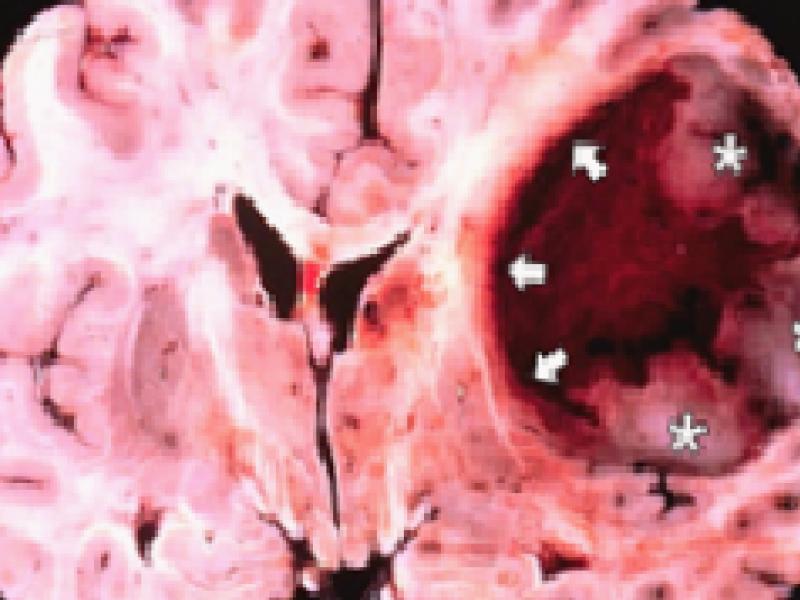
They reproduce very quickly. They are in the form of mud. Therefore, they cannot be completely removed by surgery. After the surgery, they continue to grow again within a certain period of time and continue to put pressure on the brain. It is possible to classify malignant tumors according to their reproductive rate. There are tumors that give a chance to live for 5-6 years after surgery, and there are tumors that regenerate in 5-6 months and cause the death of the patient.
Treatment of brain tumors is surgery (surgical intervention or radiosurgery). All tumors, whether benign or malignant, are treated surgically. However, in some cases, surgery may not be possible. If the tumor is located in some vital areas of the brain that are very sensitive, touching these areas is life-threatening, and the tumor can be left in place. In this case, only radiation therapy and drug therapy (chemotherapy) can be applied.
Tumors in other parts of the body can spread to the brain. This is called metastasis. Especially lung cancers can spread to the brain and are malignant tumors. Even if surgical intervention is performed, the results are not satisfactory. In some cases, even surgery may not be performed if there are several focal spreads. The patient is taken to chemotherapy and radiation therapy.
Glial Tumors
These tumors are usually malignant and grow within the brain tissue. Symptoms are general symptoms. Again, they give symptoms depending on the regions where they settle. Epilepsy may occur as the first symptom in some patients.
Metastatic Tumors
Metastatic tumors are tumors that occur due to the spread of tumors in other parts of the body to the brain tissue. These tumors show symptoms by increasing intracranial pressure and/or by causing damage to the nervous system depending on the location. In general, such jumps may be the first sign of tumors. These tumors form extensive edema that can also be visualized radiologically.

